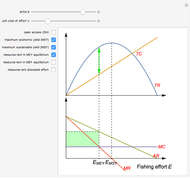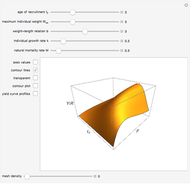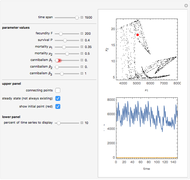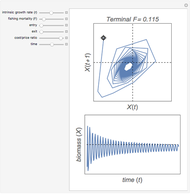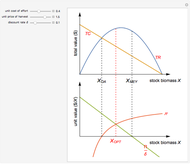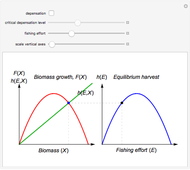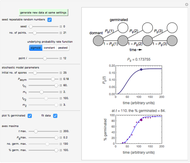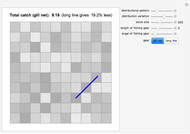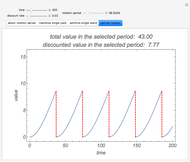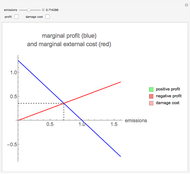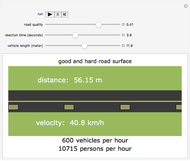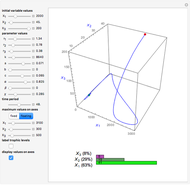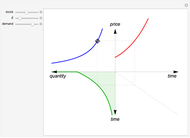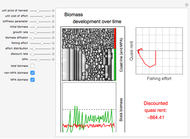Cellular Automata Model of an MPA Fishery

Requires a Wolfram Notebook System
Interact on desktop, mobile and cloud with the free Wolfram Player or other Wolfram Language products.
This model uses a continuous cellular automata technique to model the distribution of a fish stock along a coastline. The distribution of fishing activities is related to previously obtained rent from the fishery and initial fishing effort is controlled by a slider. Stock biomass growth depends on local density; local stock collapses occur when the stock biomass passes the environmental saturation level. All cells (localities) have the same growth properties. Biomass as a function of time is shown in the two panels on the left; the upper panel shows biomass gradients distributed over time and area (coastline), while the lower panel shows the total biomass as a function of time, the dashed line indicating the average natural stock biomass level. Total rent over the period is discounted and shown on the right as the quasi-rent of an open access fishery, only restricted by economic parameters and an MPA (marine protected area) regulation. The MPA regulation is a fixed fraction of the total coast length, controlled by a slider. The closed (protected) area is indicated by the red bar on the right in the upper-left panel, while the open area is indicated by the green bar.
Contributed by: Arne Eide (March 2011)
Open content licensed under CC BY-NC-SA
Snapshots
Details
detailSectionParagraphPermanent Citation
"Cellular Automata Model of an MPA Fishery"
http://demonstrations.wolfram.com/CellularAutomataModelOfAnMPAFishery/
Wolfram Demonstrations Project
Published: March 7 2011







